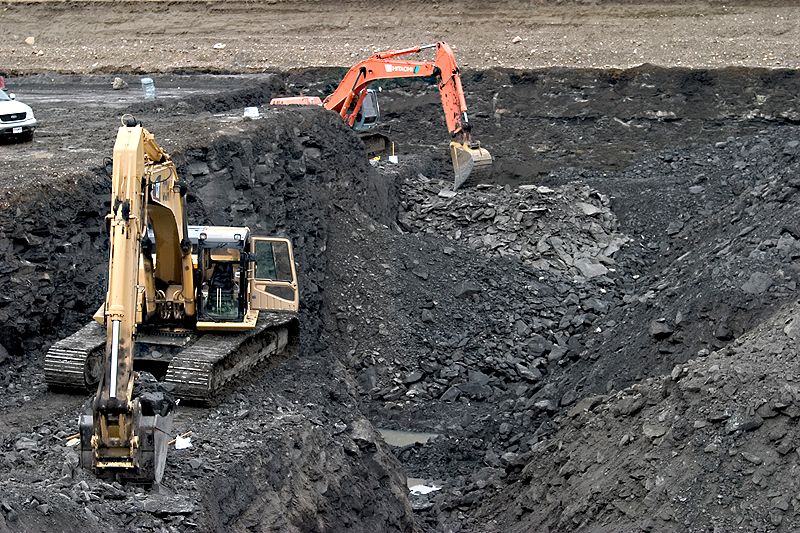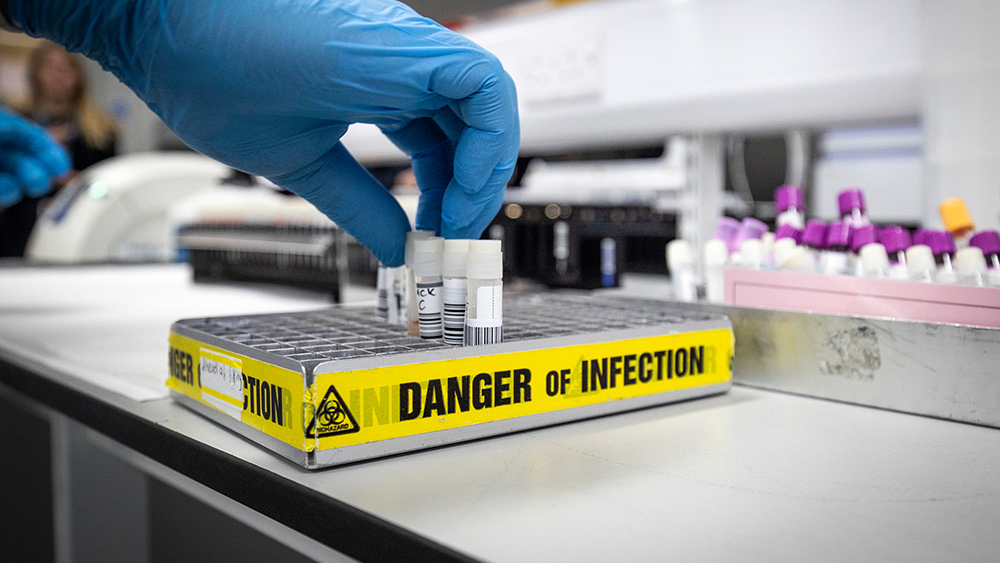
Berlin already threw away 54 million doses by the end of 2022 and discarded an additional 29 million doses in the first quarter of 2023. This amounted to a total of 83 million doses, though the number is likely to be higher.
The German Federal Ministry of Health (BMG) did not provide the total number of COVID-19 vaccine doses discarded in the second quarter of 2023. It told POLITICO in an email: "Accordingly, a total volume of total disposed COVID-19 vaccine doses acquired by the Federal Republic of Germany cannot be quantified." The BMG also mentioned that private healthcare providers and state-level health authorities are not mandated to report vaccine waste. (Related: German government orders 554 million COVID-19 doses for its population of just 83 million people.)
The news outlet also disclosed the BMG's breakdown of the 29 million vaccines that expired and were discarded by the end of the first quarter of 2023. The Pfizer-BioNTech mRNA vaccine comprised 18 million doses of that number, while Moderna's mRNA vaccine made up five million. Six million doses, meanwhile, were from Novavax.
While Germany has an additional 120 million vaccine doses in this stock, it appears that those will also be thrown away. The country has one of the highest vaccination rates in Europe – 228.68 per 100 people – but now, the tables have turned. Germans willing to get COVID-19 boosters have dropped to a low 268 per week, with no signs of that number increasing.
"While vaccination rates are likely to pick up in the fall as health systems brace for seasonal infections, this is unlikely to make a dent in the 120 million vaccines sitting unused," POLITICO noted. "The cost of this waste is almost certain to run into the billions of euros."
Switzerland also discarded excess COVID-19 vaccines due to diminished demand
Germany isn't the only nation forced to throw away unused COVID-19 vaccine doses. In October 2022, Reuters reported that Switzerland would discard nine million expired Moderna mRNA vaccine doses, with an additional 5.1 million being destroyed in February 2023.
According to Reuters, the wastage reflects the Swiss strategy of ordering more vaccines than it needed to ensure its population of around 8.7 million would get sufficient supplies, even in the event of supply bottlenecks or quality issues.
"With this deliberately chosen strategy, it was accepted that too much vaccine would be procured and that some of the procured doses would have to be sold, passed or possibly destroyed," the Swiss government said in a statement at that time.on
Per Switzerland's health authorities, Reuters said the landlocked country has obtained 31.9 million vaccine doses from Moderna and other suppliers. Of this total, 16.1 million were used by the country while another 3.2 million were passed on to others.
Just under 70 percent of the Swiss population and neighboring Liechtenstein have been injected with at least one COVID-19 vaccine dose – a rather low rate compared to those in many other countries in Western Europe.
This was not the first time Switzerland was forced to destroy doses of Moderna's COVID-19 vaccine, however. The Swiss Federal Office of Public Health (FOPH) announced in September 2022 that 10.3 million doses of the mRNA vaccine would be destroyed after they expired.
According to the health authority, 2.5 million doses were stored in a Swiss Armed Forces logistics base, and 7.8 million doses were kept in an external storage depot in Belgium. The FOPH also confirmed an initial report by the Swiss news site Beobachter that the Moderna doses earmarked for destruction were worth about 280 million Swiss francs ($280.56 million).
Visit Vaccines.news for more stories about the COVID-19 injections.
Watch the late Dr. Vladimir "Zev" Zelenko explaining how the COVID-19 vaccines do not prevent the disease they were made to address.
This video is from the Thrivetime Show channel on Brighteon.com.
More related stories:
Switzerland to destroy 9M expired doses of Moderna COVID-19 vaccine after consumer demand plummets.
J&J forced to toss 60 million covid vaccine doses due to "contamination."
Seventy million expired flu vaccines about to be incinerated as waste.
Sources include:
Please contact us for more information.





















